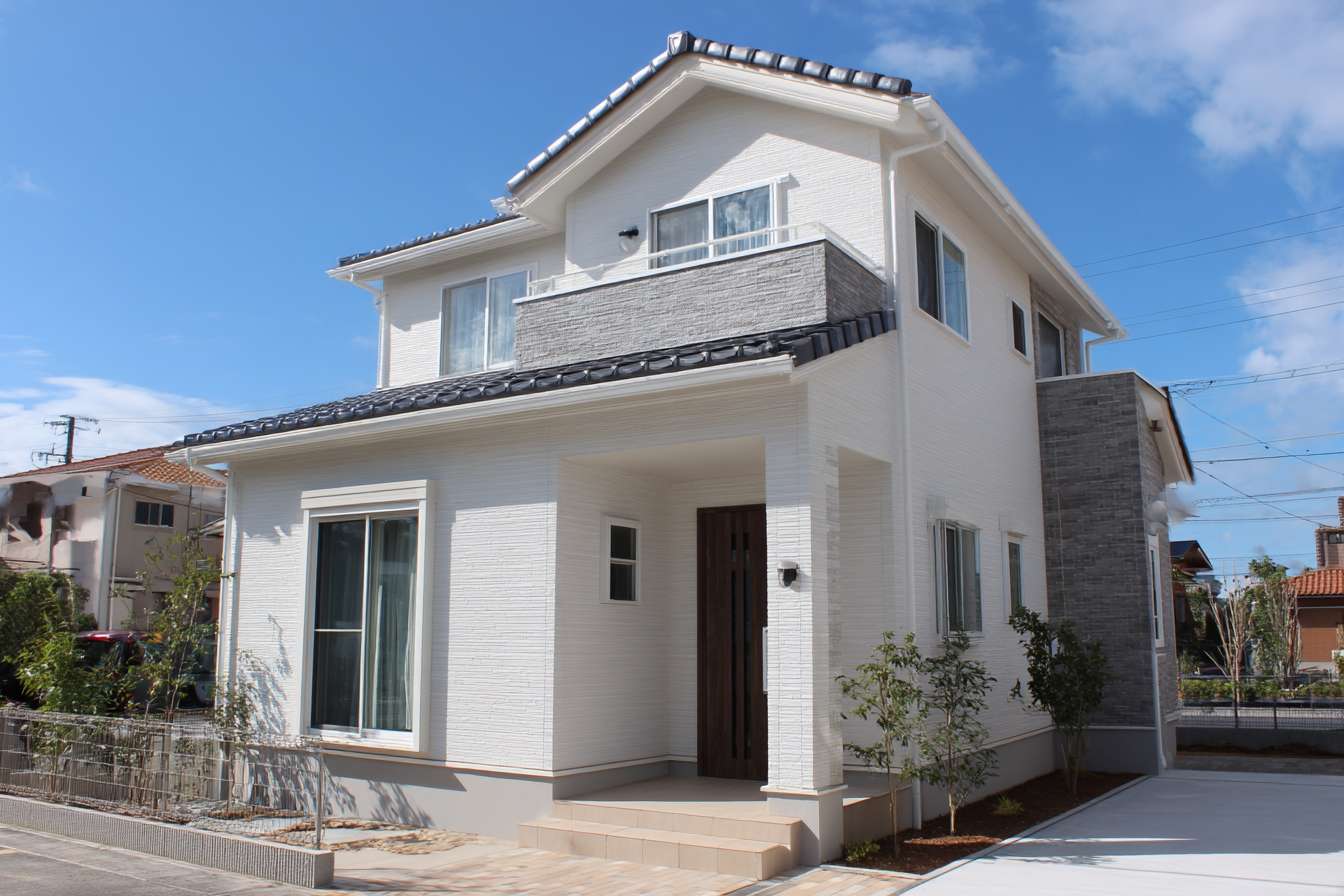Your Complete Guide to Garage Door Decisions and Care
Your garage door plays a crucial role in your home's functionality, security, and curb appeal, yet many homeowners don't give it much thought until problems arise. Whether you're considering a replacement, looking to maintain your current door, or trying to select the perfect option for a new home, understanding the fundamentals can save you time, money, and frustration down the road.

What to Know Before Replacing Your Garage Door
Replacing a garage door involves more than simply choosing an attractive design. First, assess your current door’s condition thoroughly. Look for rust, dents, frequent malfunctions, or outdated safety features. If your door lacks modern safety mechanisms like photoelectric sensors or auto-reverse functions, replacement becomes a safety priority rather than just an aesthetic choice.
Consider your home’s architectural style when selecting a replacement. A traditional raised-panel door suits colonial homes, while contemporary designs with clean lines complement modern architecture. Material choice significantly impacts longevity and maintenance requirements. Steel doors offer durability and security at moderate cost, while wood provides natural beauty but requires regular upkeep. Aluminum works well in coastal areas due to rust resistance, and composite materials blend wood’s appearance with enhanced weather resistance.
Don’t forget about insulation, especially if your garage connects to living spaces or you use it as a workspace. Insulated doors reduce energy costs and provide quieter operation, though they come with higher upfront investment.
Garage Door Maintenance Tips for Homeowners
Regular maintenance extends your garage door’s lifespan and prevents costly emergency repairs. Monthly visual inspections help catch problems early. Check springs, cables, rollers, and tracks for wear, rust, or damage. Listen for unusual noises during operation, which often signal developing issues.
Lubricate moving parts every three months using garage door lubricant, not general-purpose oil. Focus on rollers, hinges, springs, and the opener’s chain or screw drive. Clean tracks regularly, removing debris that could interfere with smooth operation, but avoid lubricating tracks as this attracts dirt.
Test safety features monthly by placing a board under the closing door. The auto-reverse mechanism should activate immediately upon contact. Similarly, check photoelectric sensors by breaking the beam with your foot while closing the door. Weather stripping requires attention too, especially before winter. Replace cracked or brittle strips to maintain energy efficiency and keep pests out.
Professional tune-ups every year or two ensure proper spring tension, track alignment, and opener adjustment. These services typically cost less than emergency repairs and extend equipment life significantly.
How to Choose the Right Garage Door for Your Home
Selecting the ideal garage door requires balancing aesthetics, functionality, budget, and local climate conditions. Start by measuring your opening accurately, noting headroom, backroom, and sideroom dimensions. These measurements determine which door types and opener systems will work in your space.
Climate considerations matter more than many homeowners realize. Coastal areas benefit from corrosion-resistant materials like aluminum or vinyl. Regions with extreme temperature swings need insulated doors to prevent warping and improve energy efficiency. High-wind areas require reinforced doors that meet local building codes.
Your lifestyle affects door type selection too. Busy families might prefer quiet belt-drive openers over chain-drive models. Those frequently traveling benefit from smart garage door openers offering smartphone control and monitoring capabilities.
Consider long-term costs beyond initial purchase price. Cheaper doors often require more frequent repairs and replacements. Factor in maintenance requirements, potential energy savings from insulation, and how the door might affect home resale value.
| Door Type | Material | Price Range | Key Features |
|---|---|---|---|
| Basic Steel Single | Steel | $300-$800 | Standard panels, minimal insulation |
| Insulated Steel Single | Steel | $600-$1,500 | R-value 6-18, energy efficient |
| Carriage House Single | Steel/Wood | $1,200-$3,000 | Decorative hardware, traditional styling |
| Custom Wood Single | Cedar/Redwood | $2,000-$5,000 | Natural beauty, requires maintenance |
| Contemporary Aluminum | Aluminum/Glass | $1,500-$4,000 | Modern design, lightweight |
Prices, rates, or cost estimates mentioned in this article are based on the latest available information but may change over time. Independent research is advised before making financial decisions.
Making the Right Decision for Your Home
Your garage door decision impacts daily convenience, home security, and property value for years to come. Take time to research thoroughly, gather multiple quotes from reputable local services, and consider both immediate needs and long-term goals. Whether maintaining your current door or selecting a replacement, prioritizing quality materials, proper installation, and regular maintenance ensures reliable performance and maximizes your investment. Remember that the cheapest option often costs more over time through repairs and early replacement, while thoughtfully chosen doors enhance your home’s functionality and appeal for decades.




